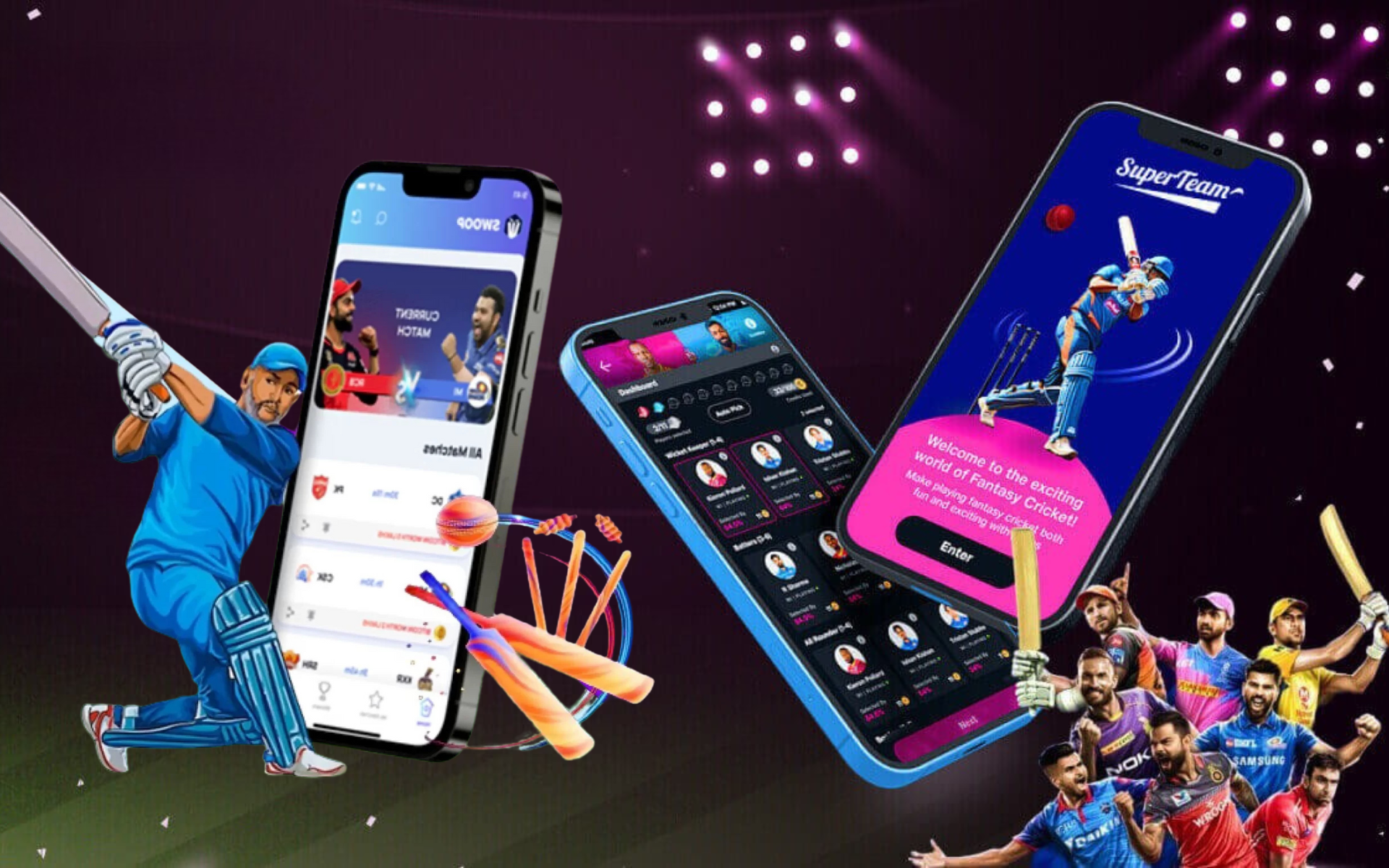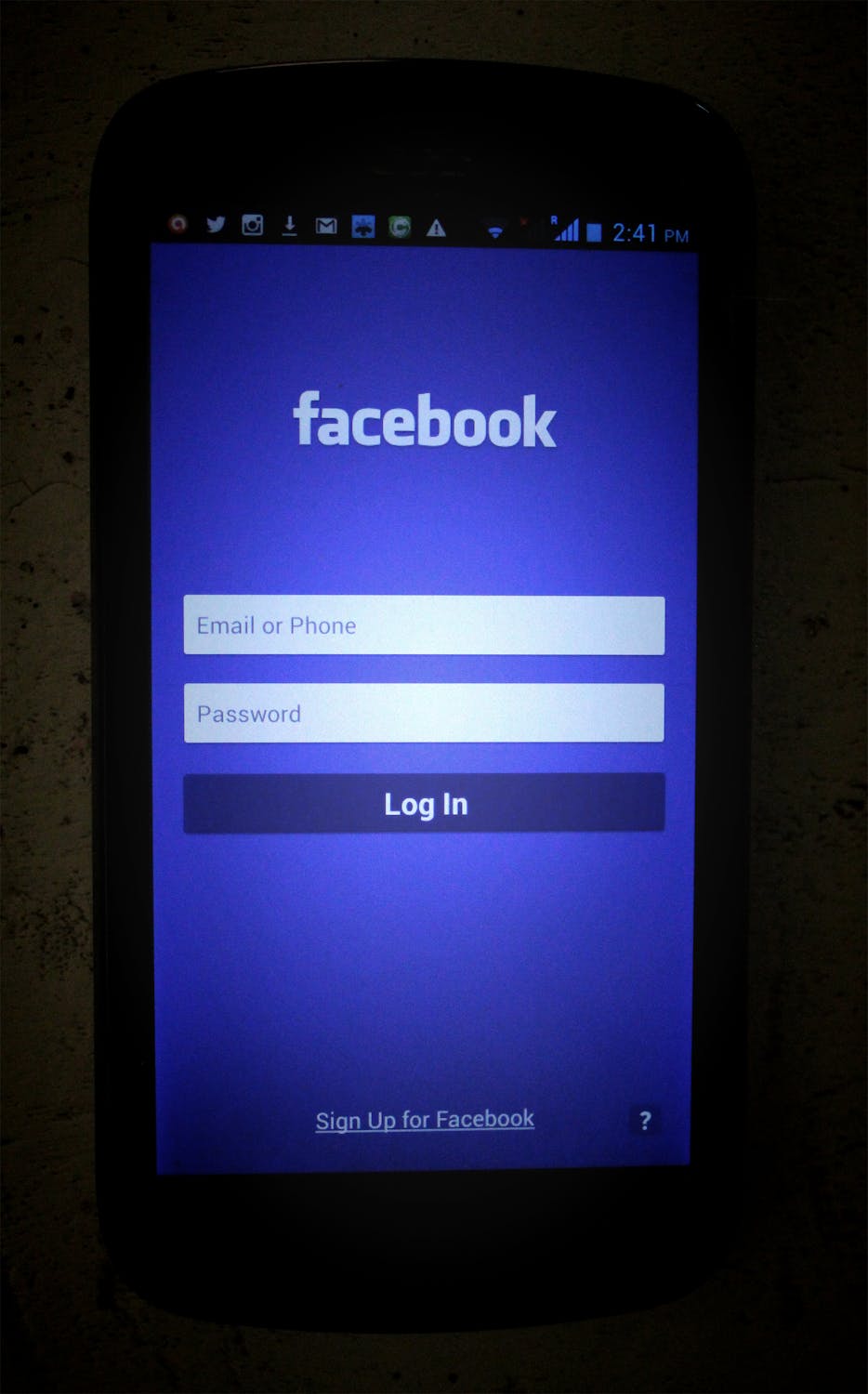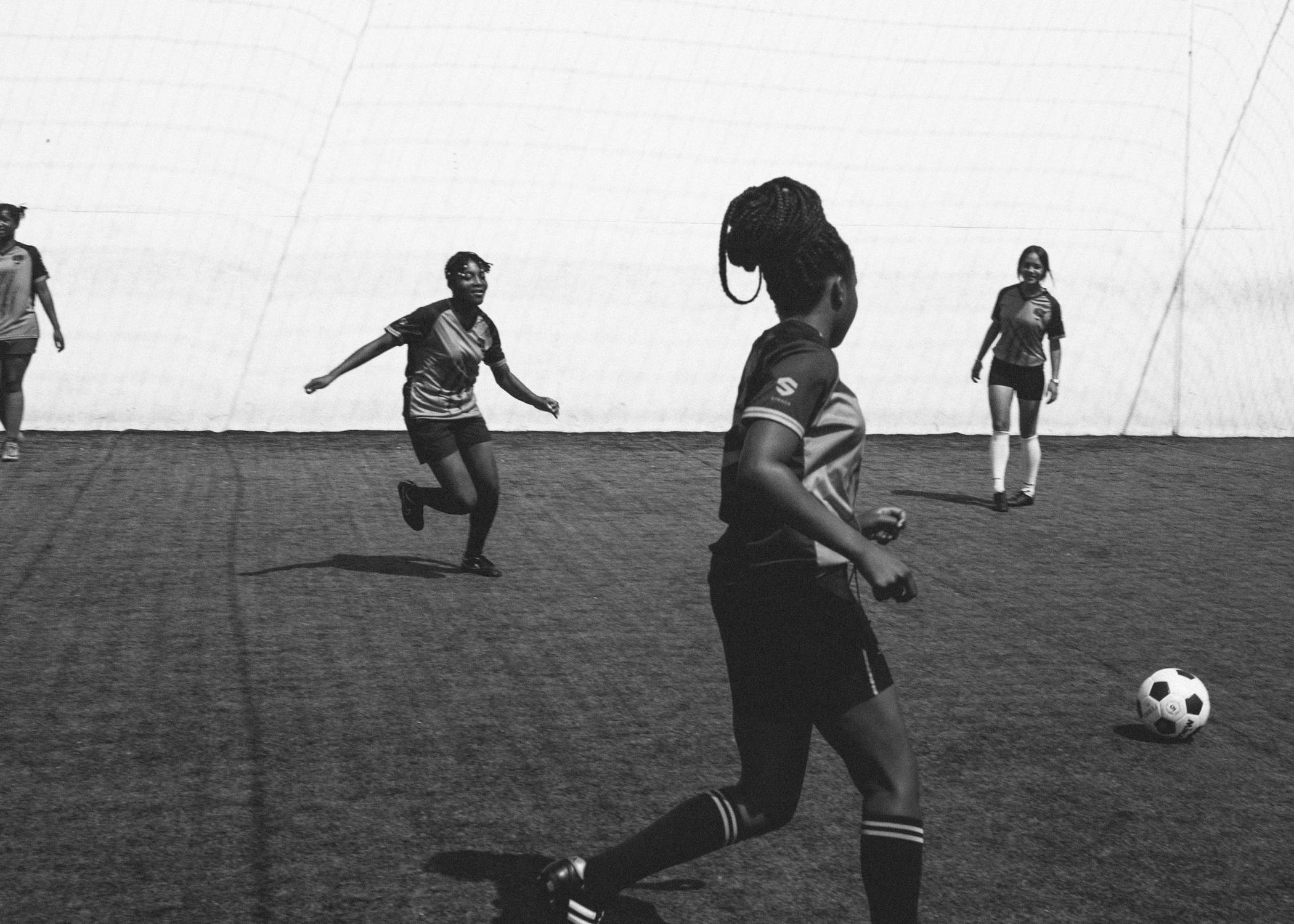[ad_1]
Curled up at the foot of the office door, whimpering and whining, his tail tucked and paws extended, is a yellow lab puppy named Juice.
As soon as Lane Kiffin’s door is opened, in rushes Juice. He’s one of many new additions here at Ole Miss, such as the team’s 13 transfer portal signees, a class that had some crowning Kiffin as the “Portal King.” Kiffin himself has a new look, too. He has lost 32 pounds in the last 18 months. He’s the lightest he’s been since his days as head coach at USC nearly a decade ago.
“I think I’m the only person that came to Mississippi and lost weight,” he laughs.
But Kiffin isn’t here in his office on a warm May day in Oxford, Miss., to discuss his weight or his new dog. In responding to several questions during a near hourlong interview, Kiffin takes Sports Illustrated into the world of the current recruiting landscape of college football, thrown into what many describe as “chaos” by new name, image and likeness (NIL) rules.
Often blunt and rarely politically correct, Kiffin opens up on an NIL concept that has evolved into boosters and booster-led collectives, he says, paying players inducements to attend college programs. The subject was at the heart of a public spat last week between Jimbo Fisher and Nick Saban.
Two days before that exchange erupted, Kiffin told SI that many high school players are choosing schools based on the highest NIL guarantee—and he doesn’t blame them—and 100% of them are asking about NIL during recruiting conversations.
Despite those saying otherwise, he believes the current model is, in fact, sustainable, yet it will produce uncomfortable locker-room environments where boosters evolve into team owners, manipulating coaching decisions and so on.
The NIL-disguised inducements are widening the gaps in FBS, he says, further separating the Group of 5 from the Power 5 but also creating more separation within the Power 5. NIL will allow Saban to win more championships, he claims, and he does not believe the 70-year-old Alabama coach will ever retire.
Finally, in a dose of honesty and reality that few care to admit publicly, Kiffin does not understand how college football has not yet moved to a professionalized model.
“We’re a professional sport,” he says, “and they are professional players.”
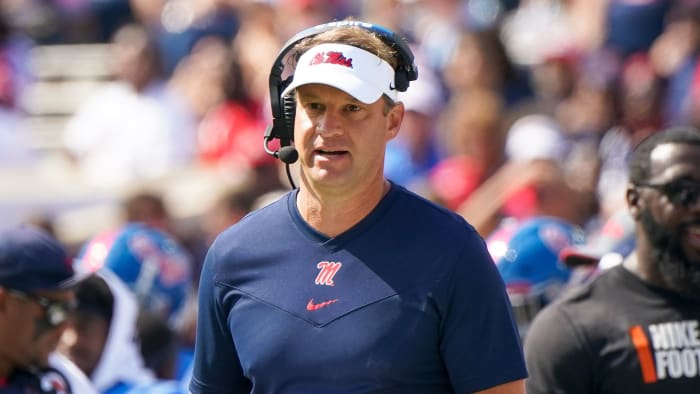
Kiffin spoke frankly to SI about NIL and its impact on college football.
Marvin Gentry/USA TODAY Sports
Sports Illustrated: From your perspective, what is the state of NIL, and where is this going?
Lane Kiffin: I’ve said from the beginning, players should get paid. They do the work. Why that should be limited to a scholarship check, I disagree with. And they shouldn’t be [paid] all equal. That’s not what happens in the real world. Why does their best player get paid the same as their worst player? That’s not real life. There’s just not a system. It was ‘O.K., open it up!’ No system behind it. I’m sure some people saw these things coming, and a lot of people didn’t.
These collectives, you basically made what was cheating before legal. You had no rules behind it. You’ve created something that was going to have a ton of issues. To think these things weren’t going to go this direction, once you allow boosters to do whatever they wanted …
SI: How much is NIL money determining where a recruit attends school?
LK: You take a 17-year-old who, a lot of them, don’t come from money and family doesn’t come from money … if any person tells you that their NIL is not the No. 1 thing … take 100 of them and ask about the No. 1 thing that’s going to make the decision … it’s not the size of the stadium, not the head coach, not the campus or the conference, the No. 1 thing will be money.
Scroll to Continue
And how would you blame them? A professional player already has money, and they usually follow the money [in free agency]. So when you don’t have it and are three or four years away from getting money in the NFL, you take what is guaranteed. How can you blame them when a lot of them never make it to the NFL? How do you not take it?
It’s totally changed recruiting. I joke all the time about it. Facilities and all that. Go ahead and build facilities and these great weight rooms and training rooms, but you ain’t gonna have any good players in them if you don’t have NIL money. I don’t care who the coach is or how hard you recruit, that is not going to win over money.
SI: As the coach of a program that’s outside of the blueblood top 10–15 in the sport, how have you navigated these waters?
[Writer’s note: Historically, Ole Miss has resided toward the bottom of the SEC in athletic budget. In 2019, before the pandemic arrived, the Rebels had a budget of $108 million, 12th in the 14-team SEC. That year, the school’s athletic department received $28 million in donor contributions—23rd nationally and roughly a fraction of donations to league rivals like Texas A&M ($85M), Georgia ($52M), Florida ($45M) and LSU ($42M).]
LK: A lot of people sit back and say, ‘Oh, it will go away. NCAA will fix it!’ O.K. Go ahead and wait. As a coach and AD, you won’t be there. There will be a new coach and AD. It’s here. I don’t spend time like others, ‘How long is it here? How are they going to fix it!?’ I don’t care. It’s here.
I have to present to people [boosters] to say, ‘Hey, this is why it needs to be done.’ [Resistance to it] would be like still huddling [and using] an I-formation offense. People tried to avoid it. ‘We’re not doing that crap!’ Almost all those people are out of jobs.
You can evolve like great programs and great coaches, like Nick Saban, do. He’s evolved where he could have been stubborn. This, to me, is like that. Sit and say this is going to go away like they did about offense, and then get fired.
MORE: As Coaches Squabble About NIL, a Fix Is Leagues Away
SI: Is there a solution to this?
LK: The thing that seems simple is there’s a cap. How are we not a professional sport? What is the difference? [Players] are making money. They can opt into free agency. We’re a professional sport, and they are professional players. Contracted employees without contracts. They can get out whenever they want. And how is it not being seen that, unless there are changes of rules around caps and contracts, how is every elite college player not at the end of their season [entering the portal]? … Let’s be realistic, in professional sports, if you are the agent of a player, and the player can opt into free agency and come back to where they want after testing the waters, who says, ‘No, I’m not going to do that,’ unless there’s a penalty?
Why did Bryce Young not go into the portal? If you are advising Bryce Young, why do you not go into the portal and walk into Nick Saban’s office and say, ‘Hey, I want to be here, but I’ve got to protect myself so I’m going to go into the portal. And I want to come back as long as it’s matched with what I get out there.’ The kid would make 10 times what he would have made. How’s that not going to happen all the time? It should. It will.
SI: What’s the wildest thing you’ve heard or seen, and is it sustainable?
LK: You have kids going to schools now, and some haven’t even taken a visit. [They sign] because of their NILs. You’ve got to think that it is here to stay. To say that it’s not sustainable, why? Ten years ago, no one would have said schools were going to pay coaches $10 million a year. Well, they do now.
When people argue and say there is no way donors are going to come up with the money to pay players this much? Wait, those are the same donors that pay $30 to $40 million to one coach—when they fire him! But they’re not going to raise $20 million a year for players? Yeah, they are. It just means they’re not going to give it to other things on campus, like facilities.
If there’s something big-money people are motivated to do, they do. Everyone wants to own an NFL team. It’s essentially like you’re a minority owner if you are a big-time investor [in a collective]. You get to show up on Saturday and see your product.
It is sustainable.
SI: How will this impact or has it impacted the locker room?
LK: There are all kinds of issues that are coming. Let’s say reports are true, and some high school quarterback is making $6 to $8 million. How is that going to work? How is he coming into the locker room? Are the coaches going to need to play him, or are donors going to be mad when he’s not playing—the first-round pick that the donor drafts. I’ve been in that situation.
The people paying that are going to want that guy to play. If he’s not playing, how is the backup quarterback who is earning just a scholarship check going to play over him?
You’ve got all kinds of issues to come. Professional sports has done it for a long time. They’ve figured it out. Ideally, there should be some type of cap. Different people are making different money, but there’s a reason for it.
When they really figure it out, incoming guys get less. [The NFL] figured out the cap better in the rookie contracts years ago. The rookies were making more than the 10-year vets. They’ve fixed that. That’s a major problem [in college]. Right now, you’ve got good players who are returning starters not making anything because people are paying the ones coming in, trying to get them [in NIL bidding wars].
People are going to criticize me for saying that “people are paying them to come in” by saying that’s not what is happening. That is exactly what’s happening.
SI: How is this widening the gap in college football, not just between the Power 5 and Group of 5 but within the Power 5, right?
LK: I’ve in my head put it into three tiers. Here’s your 8–10 teams (in the top tier). This is no different than what’s been going on. How much money they put into recruiting, how much money they put into facilities. All of that. It’s just a different way, but it’s more important than all of it. It used to be O.K. Those guys have had the most in the assistant coaches pool so they could hire the best assistant coaches! Or they’ve spent more on facilities!
Then you have around 8–25 schools in the next tier. I talked to a coach the other day in that group, and he was asking about his player in the portal. I’m explaining it to him, and he’s not dealing with it at all because there’s no NIL at his level. I was like, ‘God, that’s got to be so refreshing—he’s just recruiting.’ Now, there are problems. The player is going to get taken. But it’s almost back to the purity of the game like high school football. As you go up, there is less purity.
I think you’ve got three levels that are going to get really separated. People down there (25–130), they’ve got no money to give to players. And then you’ve got the middle ground (8–25), and then you’ve got the elite ones (top 8–10).
In the recruiting process [with the elite ones], coaches can’t say it to recruits, but whoever is talking to [recruits], they say, ‘Just know, you’ll get more here than anywhere else! Whatever you come back with, you’ll get 20% more here.’ Those people are going to get the best players.
I can recruit way better than you or you can me, but in the end, your school offers more money or mine does, and in the end, that’s where they are going. I could have worked my butt off for three years, and you could have done three minutes. There was a player who went to a school that we got beat on, and I asked him about the relationship with the head coach. He had never talked to him. NIL.
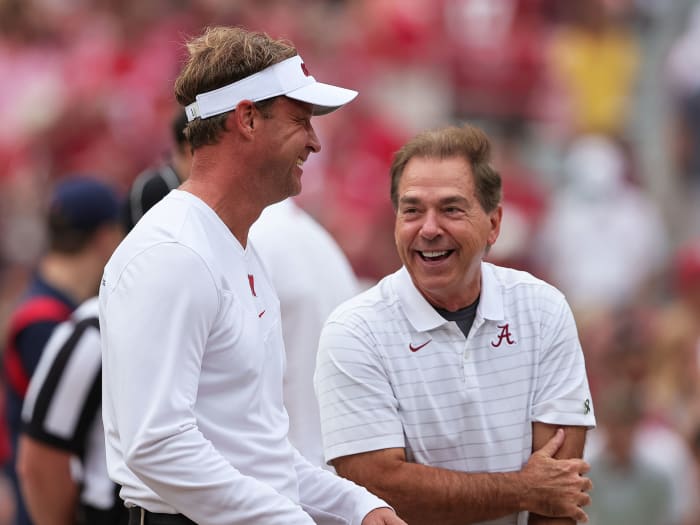
Saban will “never” retire now, says Kiffin (left), thanks to NIL making it even easier for Alabama to stay on top.
Butch Dill/USA TODAY Sports
SI: When you were head coach at the Raiders, you and then owner Al Davis became embroiled in a public fight over the playing time of No. 1 draft pick JaMarcus Russell. Do you see that starting to play out in college?
LK: How is that not going to be an issue—that the donor pays the money for the player, and you’re not playing them and that same donor gets you hired and fired. That donor is now what? The owner.
I’ve been there, where the owner calls and says, ‘We need to play this guy!’ And I say, ‘No, we need to play this other guy.’ I’ll tell you what happens—you get fired. You get fired on an overhead projector. What’s going to happen when the lead donor calls and says to play this guy, and you don’t—do you not get fired?
SI: Alabama has dominated the last decade-plus of college football. Will NIL bring some parity at least to the very top of the sport?
LK: If you’re Alabama, how does your gap not continue to widen? If you have NIL, you can get the players. You were already signing No. 1 classes. Now there’s a money factor involved, and you have top resources for that and you have the portal so you are replacing. If you have holes anywhere with guys leaving, they’re just going to replace them. You see them doing it. Here’s the best players out there not playing at Alabama. They can come take these spots.
Take professional sports. [Imagine if] instead of winning and drafting at the end, you win and draft at the top. You are Team Whatever and you draft in the top five every year and get a higher cap than everybody you are playing against, and in free agency, you get the first pick by using your higher cap. How is that not going to separate?
Watch how coaches take jobs now. Coach is down to these four jobs. Well, before, [the decision was based on] facilities or whatever. If the coach is smart, the first question should be what?
Tell me about your collective?
Exactly. It used to be the stadium, conference, assistant pool, your salary … nope. First question should be what is your NIL structure.
People always ask me when Nick Saban will retire. Before, I said, ‘Not for a long time.’ He’s driven and he works like he’s 30. Now, it’ll be never. Why would he? You get the best players, have free agency to pluck the best players.
He’ll be there forever. He might double his championships.
More College Football Coverage:
• College Football Bad Blood Power Rankings
• The Adding Meaning Behind Fisher’s Saban Comments
• Winning Football Coaches Can Do As They Please
[ad_2]
Source link

